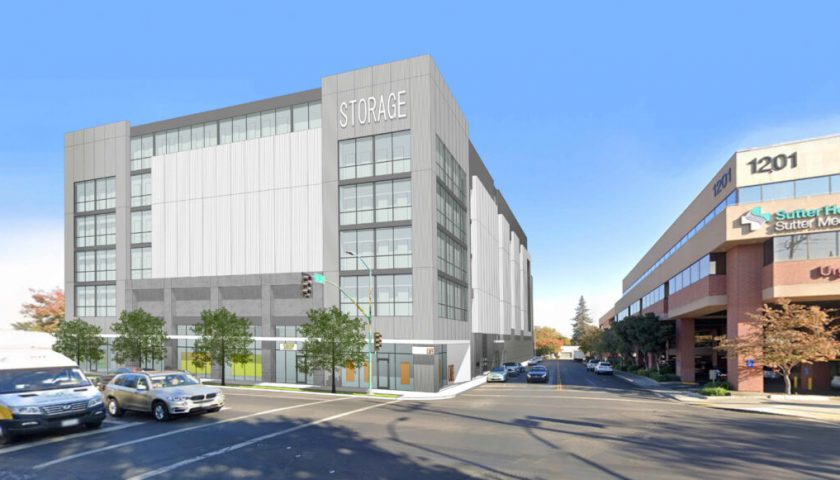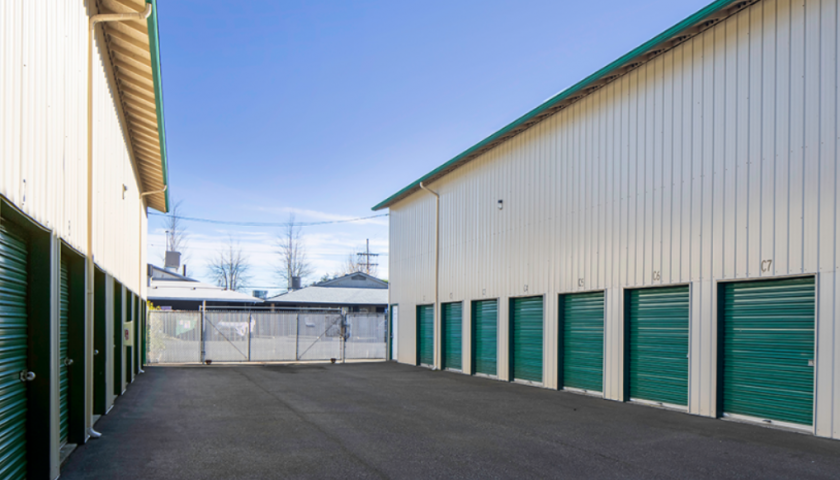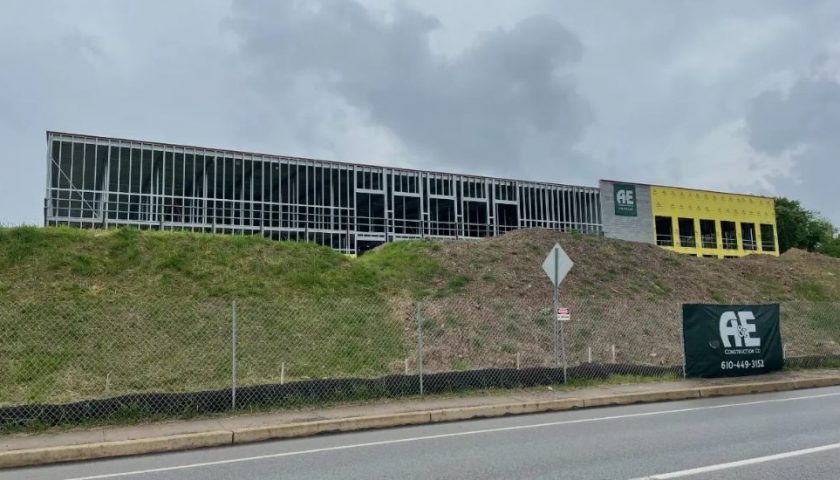
Santa Barbara’s downtown is changing into a neighborhood of small apartments and micro-units, a shift that has created a sudden new need: Storage Units.
The Santa Barbara Planning Commission recently approved a complex lot split, transfer of development rights and a development plan to build 760 storage units and 44 micro-units across a city block downtown.
“There’s a tremendous undersupply of self-storage,” said developer Greg Reitz, principal of REthink Development. “About three times as much self-storage is needed in downtown Santa Barbara than is currently provided.”
The project calls for 44 micro-apartments each about 360 square feet at 102 W. De la Guerra St. Behind that development, the plan is to build a new storage unit building, and then renovate the old Frontier Building on the corner of West Canon Perdido and Chapala streets.
The developer, some members of the Planning Commission and city planners said Santa Barbara will increasingly become a place for downtown living in smaller units. That leaves a large demand for people to store their things.
“We have a goal and a need for these types of units,” principal planner Dan Gullet said. “We haven’t really seen these types of units. The nice thing about these mini-storage units is it will facilitate more of these types of projects downtown with smaller units and attract people to live in those units.”
Reitz bought the Frontier Building, originally built in 1927.
“It is the most beautiful building in Santa Barbara that no one knows exists,” Reitz said.
No one uses the building, he said, because it is full of switchgear. The ground underneath is contaminated with lead, he said, and Frontier at one point built a two-megawatt generator over the contaminated soil so that crews can’t even get down there.
“The obvious and best use for this would have been to adaptively reuse it as housing,” Reitz said.
Faced with this reality, Reitz said he looked for other uses. There is no market for commercial office space, but there is one for self-storage units.
“There’s a massive demand,” Reitz said.
About 28,000 people live in the downtown area, and more are expected with future development, Reitz said, all within a one-mile radius. Building 760 storage units, he said, would meet only about half of the need, based on a market study his company did.
The architect for the project, Brian Cearnal, said people living downtown now are storing their stuff in Goleta and Carpinteria, which is bad for the environment. The development team said the only way the housing units could pencil out financially is because of the storage units.
Ron Robertson, owner of the Balboa Building, agreed. He said his buildings have storage units and they go quickly.
“I think it is an underutilized area for the downtown,” Robertson said. “I think this project fits that need quite well.”
The vote was 6-1 to approve the project. Planning Commissioner Lucille Boss cast the sole vote in opposition. Throughout the meeting, she repeatedly quizzed the city staff on whether the city’s general plan values self-storage over affordable housing. She said she didn’t think self-storage downtown would work.
“I just did a quick search, and it seems like there are tons and tons of storage units available in the city of Santa Barbara and the South Coast,” Boss said. “I am concerned about whether these storage units actually get used.”
Cearnal addressed her head-on.
“I don’t think the Google search for available storage units is something we can count on here, but I would count on a market study that my client used to determine this need,” Cearnal said. “I don’t think we’d be doing this if there wasn’t this need, and it is only going to increase.
“People having to drive to Carpinteria or Goleta that live in the downtown, this makes sense that we would have a facility like this.”
Commissioner Brian Barnwell, a real estate appraiser, said the need for self-storage units is huge.
“There is indeed a large, untapped source of people who want to use these facilities,” Barnwell said.
Barnwell did, however, raise questions about the number of parking spaces. He said the city needs to have a robust conversation about its parking inventory and where people are going to park their cars. The housing portion of the residential project does not provide parking.
The developer and city planners said downtown residents most likely will choose not to have vehicles or park in city lots.
“Is it completely realistic that all the tenants will be car-free? No, but we are in this particular site, you are in ground zero right in the heart of downtown, so as far as setting up a development for success, this would be a perfect example of siting housing next to jobs,” supervising transportation planner Jessica Grant said.
The project will include two units for moderate-income individuals and two for very-low-income individuals. It will have 44 long-term bicycle parking spaces.
Planning Commission chair Devon Wardlow said she wished the project had more affordable housing and asked the developer to consider adding more, even if legally they don’t have to.
“We are in a housing crisis. We are asking developers, especially local developers…I really think it is important that we do what we can,” Wardlow said.
Commissioner Lesley Wiscomb also supported the micro-units and self-storage units.
“We have talked about micro-units for a long, long time,” Wiscomb said. “It’s really nice to see a micro-unit project come. I think there’s a huge demand for it.”
She said she was pleased to see the mixed-use project and that it’s something that’s going to work very well.
“They are going to work really nicely downtown and start to invigorate our downtown area,” Wiscomb said.
Barnwell said the project was an example of sound community planning.
“I regret that we aren’t getting more housing here, but I applaud what we are getting,” Barnwell said.





